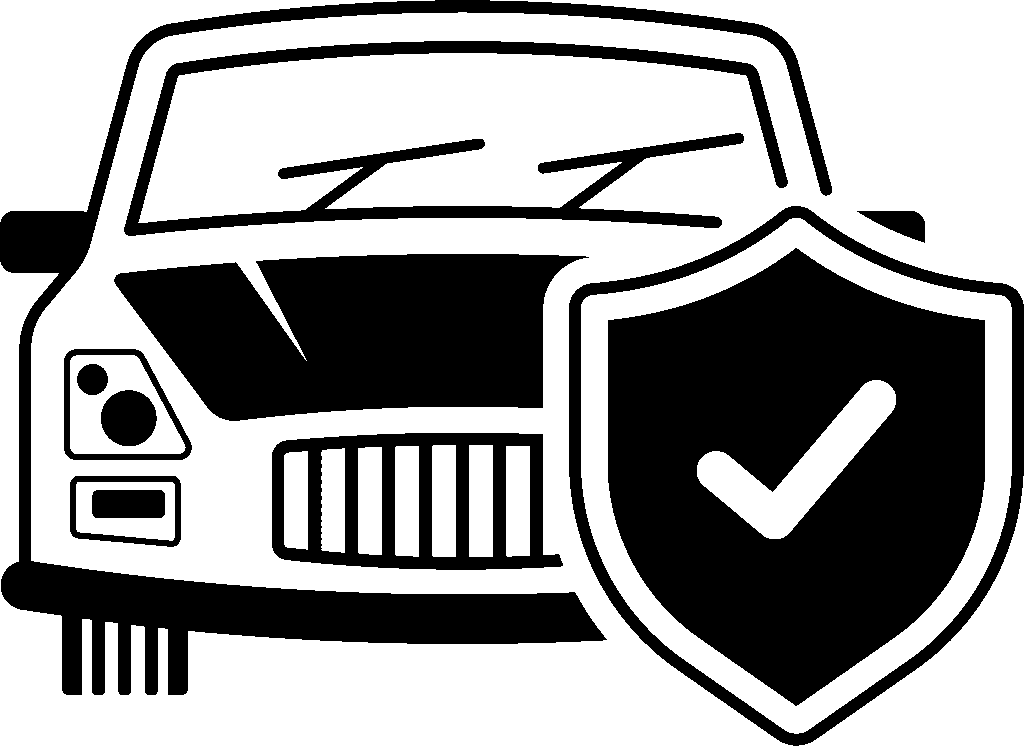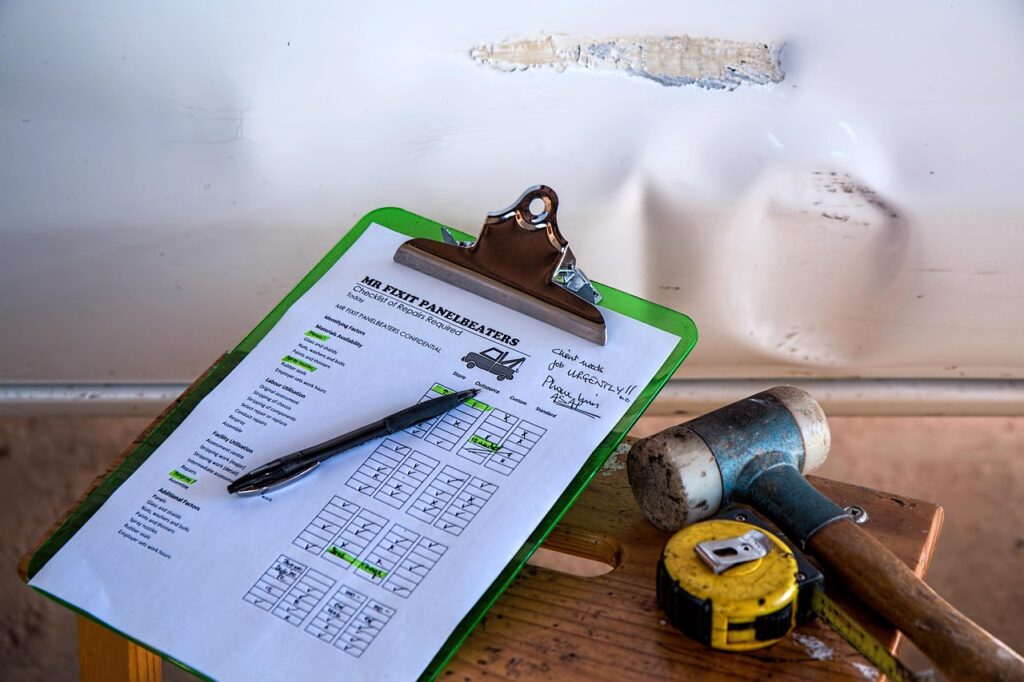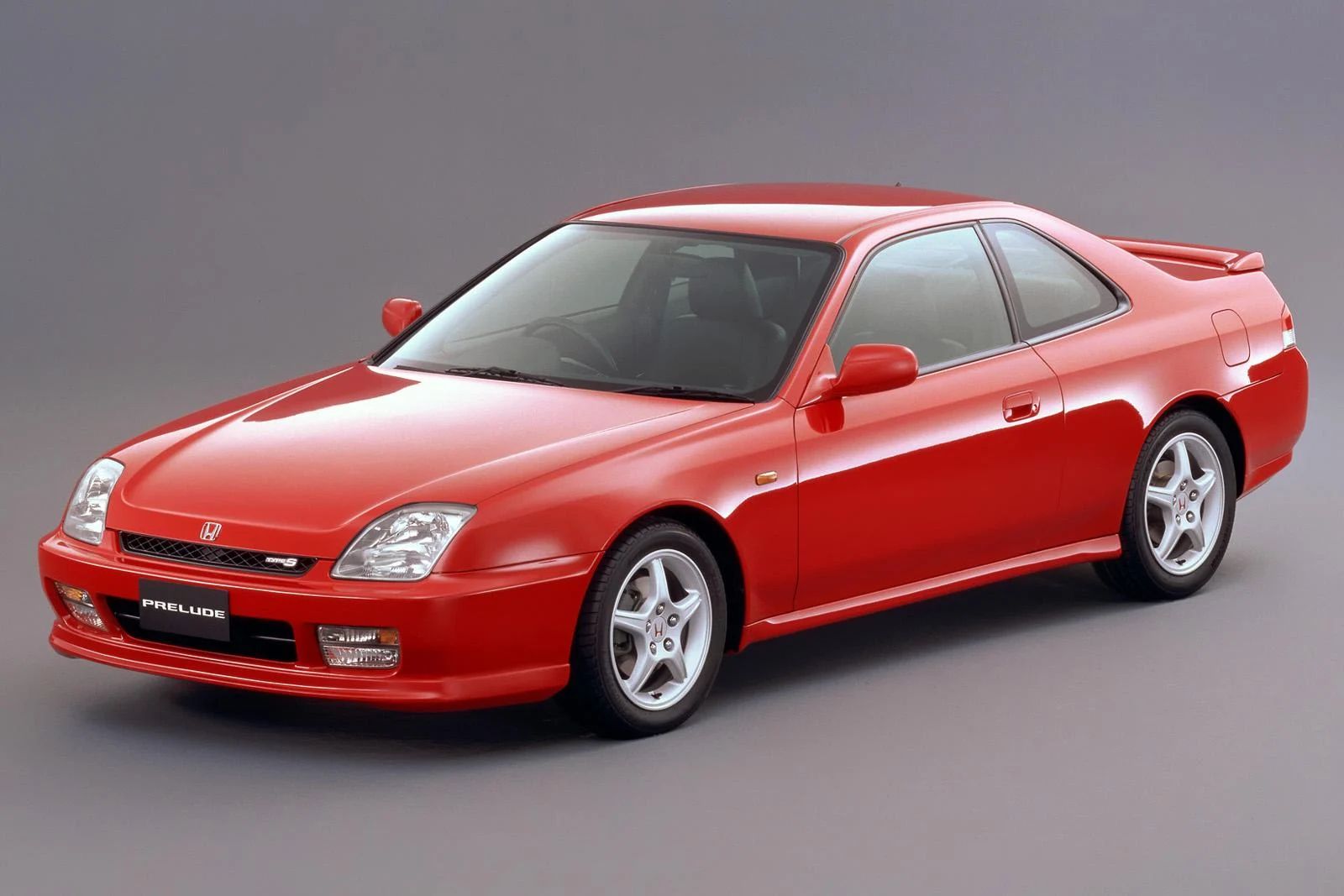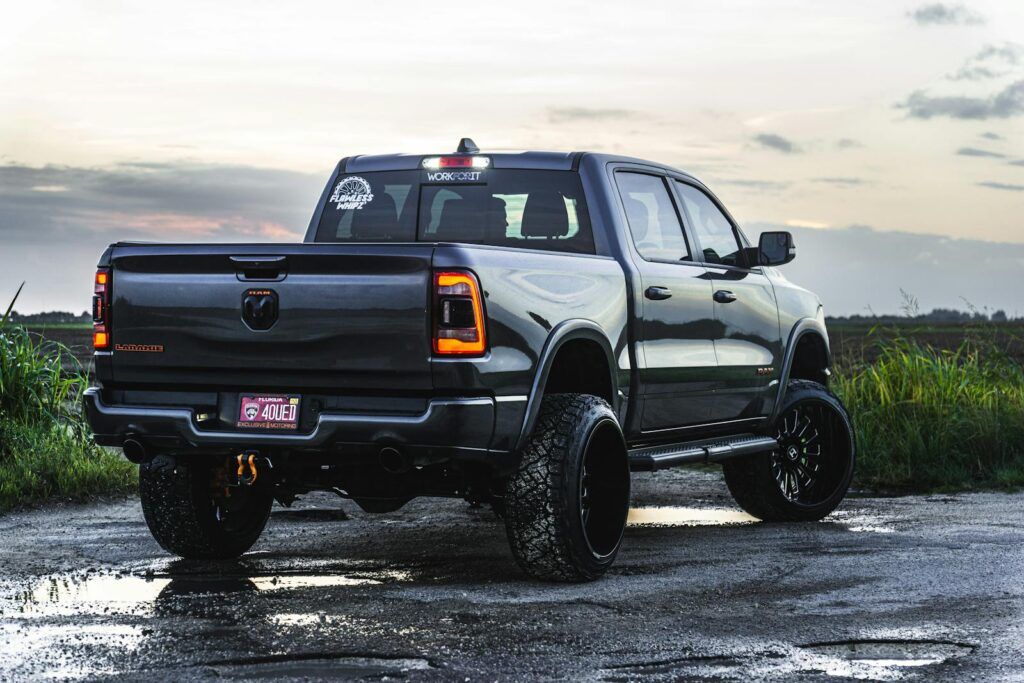
Stepping into the driver’s seat for the first time is an exhilarating milestone, marking a new chapter of independence and freedom. However, with this newfound liberty comes a critical responsibility: understanding and securing car insurance. For many, navigating the world of policies, premiums, and coverage types can feel overwhelming, especially when terms are unfamiliar and options seem endless.
Yet, having proper coverage is not just a legal requirement in most states; it’s your financial shield against the unexpected. If an accident occurs, the right insurance ensures you’re financially protected, saving you from potentially devastating out-of-pocket costs. This guide is designed to demystify car insurance, providing first-time drivers with clear, actionable advice to help them find a cost-effective and comprehensive policy that fits their unique situation.
We’ve gathered insights from car insurance professionals to help you understand why auto insurance is essential, what key coverage types you need, and smart strategies to keep your premiums affordable. Let’s explore what every new driver needs to know to make informed decisions and confidently hit the road.
1. **Why Car Insurance is Essential for New Drivers**For many new drivers, particularly those on a tight budget, car insurance might seem like an added expense rather than a necessity. However, its importance cannot be overstated. As Ashleigh Trent, personal lines director and co-founder of Tower Street Insurance, emphasizes, “Your insurance carrier may not seem important — until you [need to file] a claim. That’s when you find out whether they handle claims fairly and efficiently.”
Beyond simply fulfilling legal obligations, car insurance provides crucial financial protection. If you cause an accident, the costs for repairs to other vehicles or medical bills for injured parties can be astronomical. Without adequate insurance, you would be personally responsible for these expenses, which could lead to significant financial strain for years.
It’s also important to look beyond just the price tag. Josh Damico, vice president of insurance operations at Jerry, an insurance comparison app, warns, “The lowest price might not be the best deal if it comes with low coverage limits, high deductibles or hidden fees.” While state-minimum liability coverage is often where new drivers start, experts like Trent and Rajni Kapur, CEO of All Solutions Insurance, stress that this is frequently insufficient protection if you cause a serious accident. A robust policy ensures you have peace of mind and are truly prepared for unforeseen circumstances.
Read more about: Dashboard Dilemmas: Unpacking 11 Surprising Items That Can Get You Ticketed — And The Unseen Rules of Road Safety

2. **Who Counts as a New Driver?**When it comes to car insurance, the term ‘new driver’ isn’t solely reserved for teenagers fresh out of driving school. Insurance companies define a new driver more broadly, encompassing any newly licensed individual, regardless of their age or life stage.
For example, teenagers who have just obtained their driver’s license are certainly considered new drivers. However, this category also includes adults who are getting their license for the first time, perhaps after relying on public transportation or carpooling for many years. Additionally, immigrants and drivers who are newly licensed in the U.S., even if they had driving experience in another country, typically fall under the ‘new driver’ classification for insurance purposes.
This broad definition means that if you have less than a year of behind-the-wheel experience in the eyes of an insurer, you will likely be considered a higher-risk driver. This classification significantly influences the premiums you can expect to pay, regardless of your age, emphasizing the importance of understanding this status as you begin your insurance journey.
Read more about: Remember These? 14 ‘Invisible’ Cars You Totally Forgot Existed (Until They Passed You On The Road)

3. **Why Car Insurance is So Expensive for New Drivers**One of the first realities many new drivers face is the surprisingly high cost of car insurance premiums. This isn’t arbitrary; it’s rooted in statistical data and risk assessment. As Andrew Femath, senior communications manager at USAA, explains, “Car insurance for new drivers is more expensive than the cost of insurance for more experienced drivers. Because they’re ‘newbies’ behind the wheel, new drivers are considered a high risk by insurance companies.”
The core reason for these elevated rates is simple: young drivers, especially teenagers between the ages of 16 and 19, are statistically more likely to be involved in accidents. Data from the CDC supports this, showing that this age group has more accidents than drivers in any other. This higher probability of filing a claim translates directly into increased risk for insurers, who then adjust premiums to compensate for these potential payouts.
Indeed, the numbers can be stark. New drivers pay almost 200% more for state minimum coverage than experienced drivers, and on average, 80% more for a full coverage policy. While young adults pay less than teens, they still face higher premiums than older, more experienced drivers. This holds true not just for newly licensed teens and young adults, but also for older adults who are new to driving, as they too lack the extensive driving history that insurers value for lower risk assessments.
Read more about: Why Your Trusted Older Car Might Secretly Be Draining Your Wallet: Unpacking Unexpected Insurance Premium Hikes
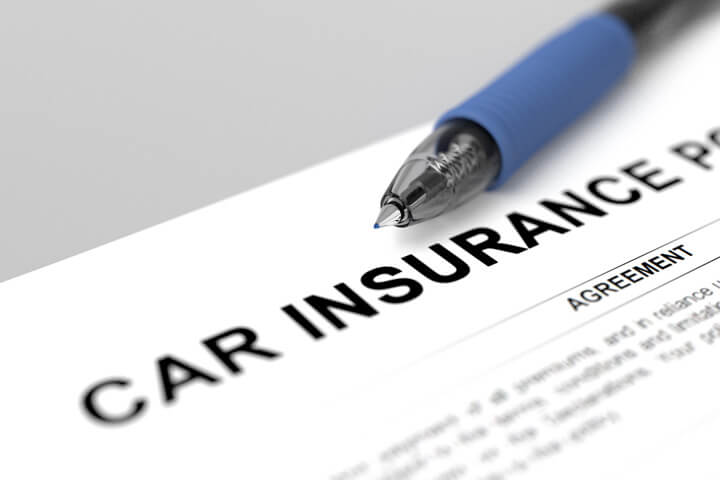
4. **The Mandate: Proof of Car Insurance**Beyond just purchasing a policy, most states enforce a strict requirement for drivers to carry proof of valid car insurance at all times. This isn’t merely a suggestion; it’s a legal obligation designed to ensure that all drivers are financially prepared in the event of an accident. Failing to provide this proof when requested can lead to significant consequences.
The most common situation where you’ll need to show proof of insurance is during a traffic stop. Law enforcement officials will typically ask for your driver’s license, vehicle registration, and proof of insurance. Fortunately, showing proof has become increasingly convenient. Many states now accept a digital version of your insurance identification card displayed on your phone, though a physical card issued by your insurer is also perfectly acceptable.
The repercussions of not having or not being able to provide proof of car insurance can be severe. These may include substantial fines, and in some cases, even the suspension of your driver’s license and vehicle registration. To avoid these penalties and ensure you can legally drive, always keep your proof of insurance readily accessible, whether in your glove compartment or on your smartphone.
5. **Key Coverage Type: Liability Insurance**When exploring car insurance options, liability insurance will be one of the first terms you encounter, and for good reason: it is mandatory in most states. This fundamental coverage is designed to protect others on the road from damages or injuries you might cause in an at-fault accident. It acts as a financial safeguard for third parties, not for your own losses.
Each state sets its own minimum requirements for liability coverage, which dictate the lowest amount of coverage you must carry to drive legally. However, experts like Josh Damico from Jerry, an insurance comparison app, strongly recommend carrying more than just the state minimum. He suggests at least 100/300/100 liability insurance. This translates to $100,000 for bodily injury liability per person, $300,000 for bodily injury liability per accident, and $100,000 for property damage liability.
The reason for advocating higher limits is crucial: state minimum coverage requirements are often woefully insufficient to cover the true costs of a serious accident. If you cause an accident with significant injuries or property damage, and your liability limits are too low, you could be held personally responsible for the remaining expenses. Opting for higher liability limits provides a more robust financial safety net, ensuring you are adequately protected against the financial fallout of an unfortunate event.
Read more about: America’s Iconic Sports Car: Decoding the Most Problematic Corvette Models in History to Help You Buy Smart

6. **Key Coverage Type: Collision Coverage**While liability insurance protects others, collision coverage is designed to protect your own vehicle. This essential coverage helps pay for repairs to your car after an accident, regardless of who was at fault, minus your deductible. It’s a cornerstone of what’s known as “full coverage” insurance, providing crucial financial security for your investment.
If you are leasing or financing your vehicle, your lender will almost certainly require you to carry collision insurance. This is because they have a financial interest in your car, and collision coverage ensures that their asset is protected in case of damage. Without it, a serious accident could leave you owing money on a car that is totaled or too expensive to repair.
Even if you own your car outright, collision coverage is often considered well worth the investment for peace of mind. Without it, any damage your vehicle sustains in an accident – whether you hit another car, a stationary object, or are simply at fault – would come entirely out of your pocket. Given the high cost of vehicle repairs today, having collision coverage can prevent a significant financial hit.
Essentially, collision insurance covers damage to your car if you strike another vehicle or a stationary object. It’s a vital component if you want to ensure your vehicle is covered for accident-related damages, complementing liability coverage which focuses on damages you cause to others. For a new driver, who may be more prone to minor scrapes or misjudgments, this coverage can be invaluable.
Read more about: 11 High-Profile Celebrity Driver Accidents: Exploring Legal Fallout and Lasting Impact

7. **Key Coverage Type: Comprehensive Coverage**Complementing collision coverage in what is often referred to as “full coverage” is comprehensive insurance. While collision handles damage from accidents, comprehensive coverage steps in to cover non-accident damage to your vehicle, minus your deductible. This means it protects your car from a wide array of unforeseen events that aren’t related to a collision with another vehicle or object.
Think about scenarios like theft or vandalism. If your car is stolen or maliciously damaged, comprehensive coverage would help pay for its replacement or repairs. It also covers damage caused by natural disasters, such as hail, flooding, or even fire. Animal strikes, a common occurrence in many areas, are also typically covered under a comprehensive policy, paying for repairs if you hit a deer or other animal.
Like collision insurance, comprehensive coverage is usually required by lenders if you are leasing or financing your vehicle. This ensures their investment is protected against a broad spectrum of potential losses that are outside of your control. For any driver, but especially a new one, this type of protection offers significant peace of mind.
Without comprehensive coverage, you would be personally responsible for the full cost of repairing or replacing your vehicle if it were damaged by theft, vandalism, extreme weather, or an animal strike. Considering the diverse threats vehicles face, comprehensive insurance is an indispensable part of a robust car insurance policy for first-time policyholders looking to protect their vehicle from practically anything other than a collision.” , “_words_section1”: “1967
Navigating the initial phase of car ownership can feel like a steep learning curve, especially when it comes to understanding all your insurance options. Beyond the essential liability, collision, and comprehensive coverages, there are additional policies designed to offer an even broader safety net. These options address specific scenarios that can arise, from dealing with uninsured drivers to unexpected breakdowns, ensuring you’re prepared for whatever the road throws your way.
Understanding these additional coverages is key to building a robust insurance policy that truly protects you and your finances. It’s about empowering yourself with knowledge so you can make informed decisions, rather than just choosing the cheapest option. Let’s delve into these crucial protections and then explore smart strategies to make your premiums more affordable, while also highlighting common pitfalls to steer clear of.
Read more about: The 14 Durable Pickups That Can Easily Blow Past 300,000 Miles with Ease: A Consumer’s Guide
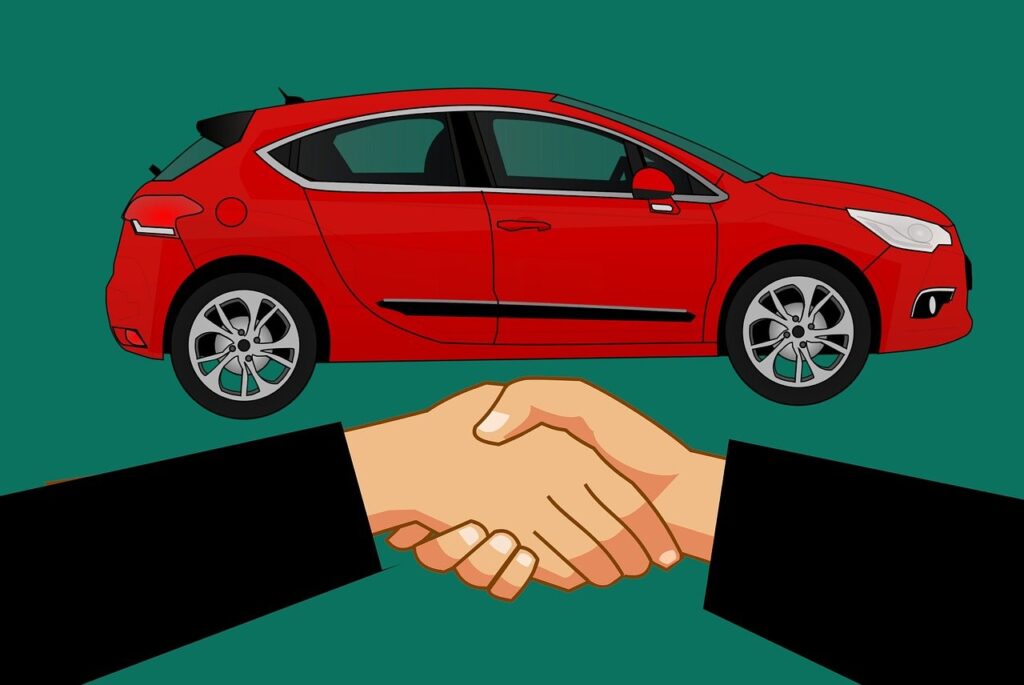
8. **Key Coverage Type: Uninsured/Underinsured Motorist Coverage**Even though car insurance is mandatory in most states, a significant number of drivers on the road still operate without adequate coverage, or sometimes, no coverage at all. This is precisely where Uninsured/Underinsured Motorist (UIM) coverage becomes invaluable. As Rajni Kapur, CEO of All Solutions Insurance, explains, “Many drivers on the road are uninsured, and this coverage ensures you won’t be left paying for injuries or damages caused to you by them.” Without UIM, if an uninsured driver causes an accident with you, you could be left with substantial medical bills and vehicle repair costs out of your own pocket.
UIM coverage typically comes in two parts: Uninsured Motorist Bodily Injury (UMBI) and Uninsured Motorist Property Damage (UMPD). UMBI covers medical expenses for you and your passengers if an uninsured driver is at fault. UMPD, on the other hand, covers damages to your vehicle. Some states also offer Underinsured Motorist (UIM) coverage, which kicks in when the at-fault driver has some insurance, but their limits are insufficient to cover your total losses.
This type of coverage offers a critical layer of financial protection, especially considering the potential for encountering drivers who neglect their insurance responsibilities. While not universally mandated, many experts strongly recommend adding UIM to your policy, particularly if your state has a high percentage of uninsured drivers. It acts as your personal shield against the financial irresponsibility of others, ensuring you are not penalized for an accident that wasn’t your fault.
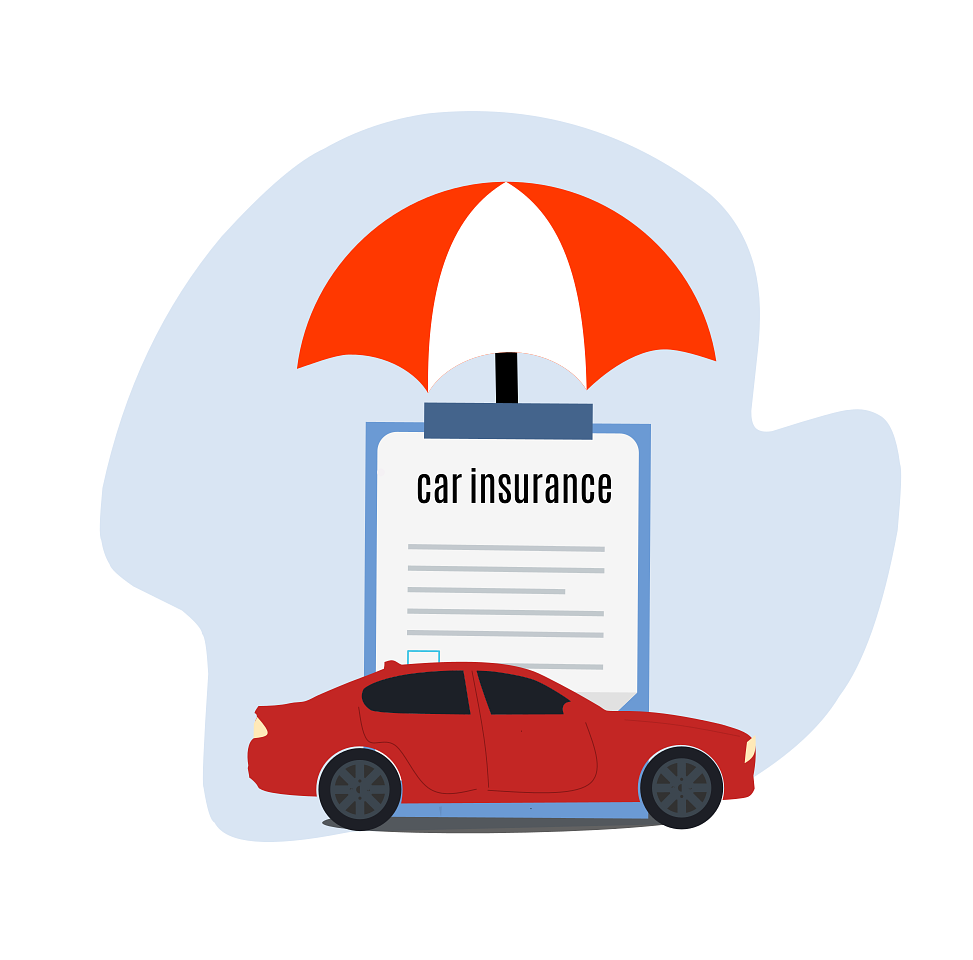
9. **Key Coverage Type: Personal Injury Protection (PIP) or Medical Payments (MedPay)**When an accident occurs, medical expenses can quickly accumulate, even for minor injuries. Personal Injury Protection (PIP), often referred to as no-fault insurance, and Medical Payments (MedPay) coverage are designed to cover medical costs for you and your passengers, regardless of who was at fault in the accident. This can be a huge relief, allowing you to focus on recovery rather than worrying about immediate medical bills.
PIP coverage can be quite comprehensive, often covering not just medical treatment, but also lost wages if you’re unable to work due to injuries, and even rehabilitation expenses. It’s a mandatory coverage in ‘no-fault’ insurance states such as Florida, Kansas, and New Jersey, where each driver’s own insurance company pays for their initial medical expenses, regardless of fault. This system aims to streamline the claims process and reduce litigation.
In states where PIP is not mandated or available, Medical Payments (MedPay) coverage serves a similar purpose, though it is typically narrower in scope, primarily covering medical and funeral expenses for you and your passengers. While MedPay does not usually cover lost wages or rehabilitation, it still provides a vital financial buffer for immediate medical needs. For new drivers, who might be more susceptible to minor collisions, having either PIP or MedPay can ensure quick access to necessary medical care without delay.
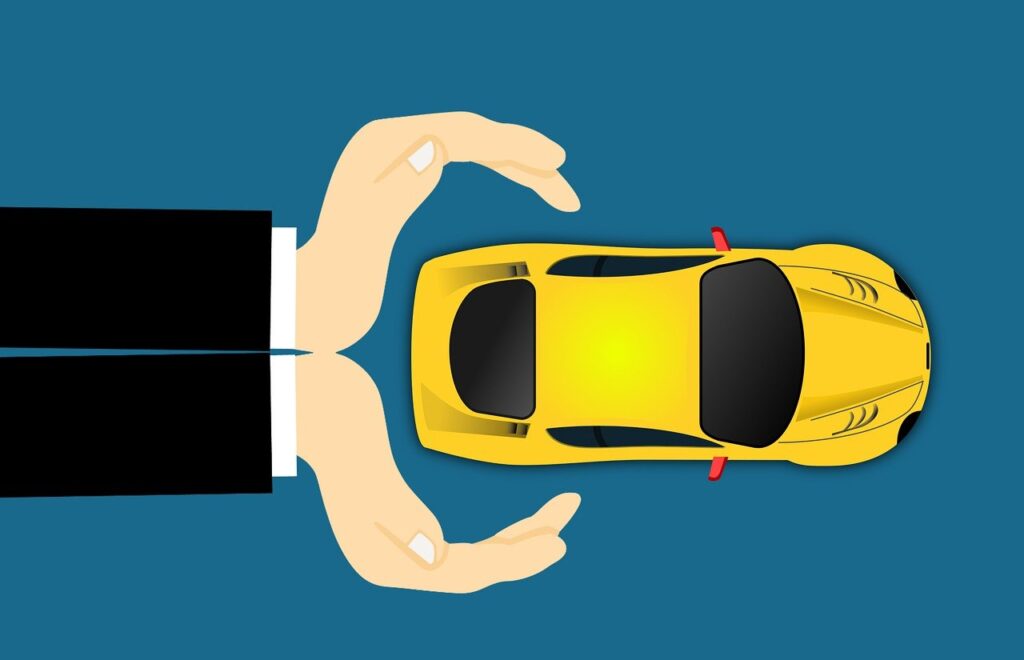
10. **Key Coverage Type: Roadside Assistance**As a new driver, facing unexpected vehicle issues on the road can be particularly stressful. This is where roadside assistance coverage proves its worth. It’s an optional but highly practical addition to your car insurance policy that can provide invaluable help for common problems you might encounter, offering peace of mind and swift solutions.
Roadside assistance typically covers a range of emergency services that can get you back on track. This includes help with flat tires, offering tire changes if you have a spare, or arranging for a tow. It also provides assistance if you run out of gas, experience a mechanical breakdown that renders your car inoperable, or even if you get locked out of your vehicle. These are all common issues that new drivers, with less experience handling unexpected vehicle challenges, can particularly benefit from.
Having roadside assistance means you won’t be left stranded or scrambling to find help during a stressful situation. Instead of paying out-of-pocket for towing services or other emergency repairs, your insurance policy covers the costs, up to a certain limit. For a new driver navigating unfamiliar roads and responsibilities, this coverage acts as a reliable safety net, ensuring help is just a phone call away when you need it most.
Read more about: Smart Shopper Alert: 10 Affordable Hatchbacks That Turn into Costly Service Demons After Seven Years

11. **Smart Strategies to Keep Premiums Affordable: Choosing Your Car Wisely and Higher Deductibles**
One of the most significant factors influencing your car insurance premium, especially as a new driver, is the vehicle you choose to insure. Opting for a car that is less expensive to repair, has lower theft rates, and is not classified as a high-performance vehicle can lead to substantial savings. As Josh Damico from Jerry, an insurance comparison app, notes, “A brand-new vehicle with full coverage and a youthful driver as the primary operator will be more expensive to insure than an older, reliable car.” Considering an older, reliable, and safety-rated used car can be a smart move to keep initial insurance costs down.
Another effective strategy to lower your monthly premium is to select a higher deductible. Your deductible is the amount you agree to pay out-of-pocket before your insurance coverage kicks in after a claim. While a lower deductible might seem appealing for minor incidents, it directly translates to higher monthly or annual premiums because your insurer takes on more initial risk.
For new drivers with healthy savings, choosing a higher deductible, such as $1,000, can significantly reduce your recurring insurance costs. This approach works well if you are confident you can cover that amount in the event of an accident. It’s a responsible financial decision that requires having an emergency fund specifically for this purpose, preventing a potential financial strain if you need to file a claim.
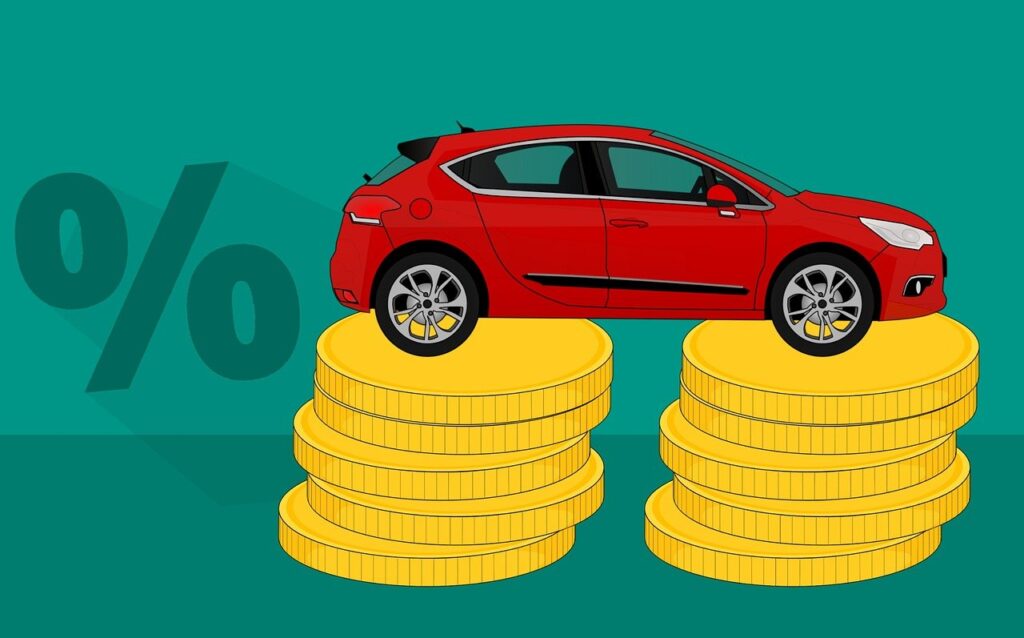
12. **Smart Strategies to Keep Premiums Affordable: Leveraging Telematics and Driver Safety Courses**
Technology offers new drivers innovative ways to demonstrate responsible driving habits and earn discounts. Many insurance companies now offer usage-based insurance (UBI) or telematics programs. These programs utilize a small device plugged into your car or an app on your smartphone to monitor your driving behavior, including factors like acceleration, braking, mileage, and even the time of day you drive. Damico points out that “Instead of being penalized for being young, you can get discounts based on how you actually drive.”
Participating in a telematics program allows insurers to assess your actual risk profile rather than relying solely on broad statistical averages for new drivers. The safer you drive, the larger the potential discount can be, with some insurers like Nationwide offering up to 40% off based on good driving behaviors tracked by their SmartRide app. These programs empower you to take an active role in lowering your premiums by consistently practicing safe driving.
Beyond telematics, completing a driver safety or defensive driving course can also unlock valuable discounts. Many insurers offer a discount to drivers who take and pass an approved defensive driving course, regardless of age or experience level. For example, Progressive allows drivers to save on premiums by completing a course covering dangerous situations, risk avoidance, and navigating various road conditions. Some programs, like State Farm’s Steer Clear or Farm Bureau’s Young Driver Safety Program, are specifically designed for younger or new drivers, further incentivizing safe practices and leading to premium reductions, often between 5% and 20%.
13. **Smart Strategies to Keep Premiums Affordable: Bundling Policies and Other Discounts**One of the most straightforward ways to achieve significant savings on car insurance is by bundling multiple insurance policies with the same provider. Most insurers offer a multi-policy discount, which can reduce your overall premium when you combine your auto insurance with other policies like renters, homeowners, or even life insurance. For instance, Erie’s multi-policy discount averages 16% to 25% when you insure your home and auto together, while Progressive claims average savings of 12% for bundling car and renters insurance.
These bundling discounts acknowledge your loyalty and consolidate your insurance needs, making it a win-win for both you and the insurer. It’s always worth exploring if your chosen car insurance company also offers other types of insurance that you might need, as combining them can lead to substantial reductions in your total insurance outlay. This strategy is particularly effective for new drivers who might also be establishing other types of insurance for the first time.
Additionally, a plethora of other discounts are available that new drivers should actively inquire about. These can include discounts for setting up automatic payments, opting for paperless billing, insuring a vehicle equipped with anti-theft devices, or having various safety features like anti-lock brakes and multiple airbags. Good student discounts are a boon for younger drivers who maintain strong academic performance. While individual discounts may not offer massive savings on their own, accumulating multiple discounts can add up to considerable savings over time, making your premiums much more manageable.

14. **Common Mistakes New Drivers Make: Underinsuring to Save Money and Not Comparing Quotes**The temptation to choose the bare minimum coverage to save money is a common pitfall for new drivers, but it’s a mistake that can lead to severe financial consequences. While state-minimum liability insurance is the cheapest policy you can purchase, it’s often woefully insufficient to cover the true costs of a serious accident. If you cause an accident with significant injuries or property damage, and your liability limits are too low, you could be held personally responsible for the remaining expenses, which can be astronomical.
Underinsuring means that while you might save a few dollars on your monthly premium, you’re exposing yourself to potentially devastating out-of-pocket costs after a crash. Liability-only insurance does not cover your own losses, meaning you would have to pay to repair or replace your own vehicle. Experts like Josh Damico stress that “it offers much broader protection and can save you from a big financial hit down the road” when referring to full coverage, which includes collision and comprehensive. It’s crucial to consider what you can truly afford to pay after an accident versus the marginal savings on premiums.
Another significant mistake new drivers often make is failing to compare multiple insurance quotes before purchasing a policy. Car insurance premiums are highly personalized, varying based on factors like age, gender, location, vehicle type, and driving record. Insurance companies also assess risk differently, leading to wildly different prices for the exact same coverage. Relying on the first quote you receive means you could be missing out on substantially more affordable options. Always aim to compare at least three personalized quotes from different carriers to find the best balance of cost, coverage, and service, ensuring you don’t overpay for your policy.
15. **Common Mistakes New Drivers Make: Overlooking Discounts and Not Reading Policy Details**Many new drivers are so focused on the bottom-line premium that they overlook the numerous discounts available that could significantly reduce their costs. Most car insurance companies offer a wide array of discounts, ranging from those for good students and defensive driving courses to bundling multiple policies and having anti-theft devices in your car. Failing to inquire about and take advantage of these discounts means you’re leaving money on the table, paying more than you need to for your coverage.
When comparing policies, it’s not enough to just look at the premium amount. It’s imperative to actively research and ask about all possible discounts you might qualify for. This proactive approach can uncover savings opportunities that might not be automatically applied or immediately obvious. Taking the time to understand these potential reductions can transform an initially expensive premium into a much more manageable one, making comprehensive coverage more accessible.
Finally, a critical mistake is not thoroughly reading and understanding the policy details before committing. Every car insurance policy has specific terms, conditions, coverage limits, and exclusions. Assuming what’s covered or not covered can lead to unpleasant surprises when you eventually need to file a claim. Reviewing the fine print ensures you know exactly what you’re buying, how much coverage you have for each type, and any situations that might not be covered. This step is vital for avoiding unexpected financial burdens and ensuring your policy truly meets your protection needs.
Becoming a first-time driver is an exciting journey into independence, and understanding your car insurance is a fundamental part of that adventure. By familiarizing yourself with comprehensive coverage options, strategically seeking out discounts, and avoiding common missteps, you can secure a policy that not only meets legal requirements but also provides robust financial protection. Remember, your insurance needs will evolve, so make it a habit to regularly review your policy. This ensures your coverage remains cost-effective and perfectly aligned with your changing circumstances, allowing you to drive confidently for years to come.


